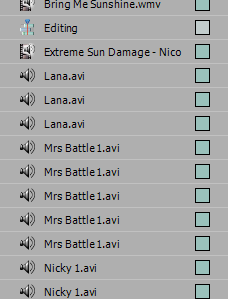Topic: Tanning
Title: Tan-talising
Type of Documentary: Mixed
Style of Documentary: Informal
Channel & Scheduling: Channel 4, Mondays at 8:30. This will pre-echo audience for Embarrassing Bodies.
Target Audience: Males and females, around the ages of 16 to 25.
Primary Research Needed:
1. Interview with psychology teacher - Mr De
2. Interview with Nicola Roberts, Katie Price, Louie Spence, Peter Andre, members of the Geordie Shore and The Only Way is Essex.
3. Voxpops - why do you tan?
4. Voice over with Mr Bottom
5. Interview with sociology teacher - Mrs. Battle
6. Interview with doctor
Secondary Research Needed:
1. One Direction - What Makes You Beautiful.
2. Christina Aguilera - Beautiful
3. Foo Fighters - Cold Day In The Sun
4. Daniel Powter - Bad Day
5. Location i.e Liverpool
6. Sun bed cutaways
7. red carpet footage
8. Holiday adverts
9. 'Summer Holiday'
10. 'bring me sunshine'
11. Fashion show
Narrative Structure: Non Linear
Outline of Content:1.
1. Opening Sequence.
2. Voxpops in Liverpool - do you tan, if so how?
3. Interviews with anyone suggested in primary research.
4. Cutaways - tanning salon
Resource Requirement:
- Camera, Tripod, Video Camera, Voice Recorder


















































